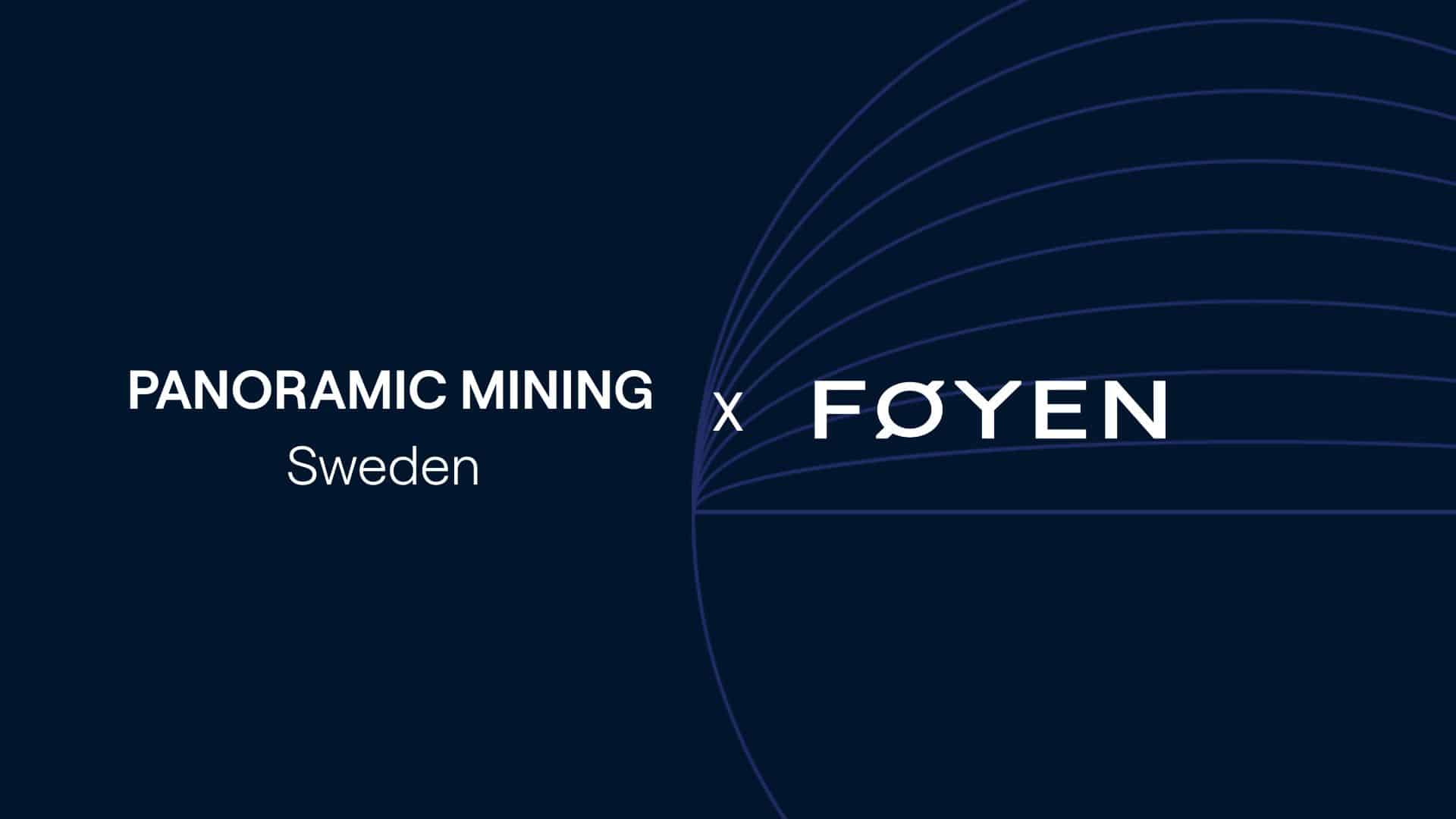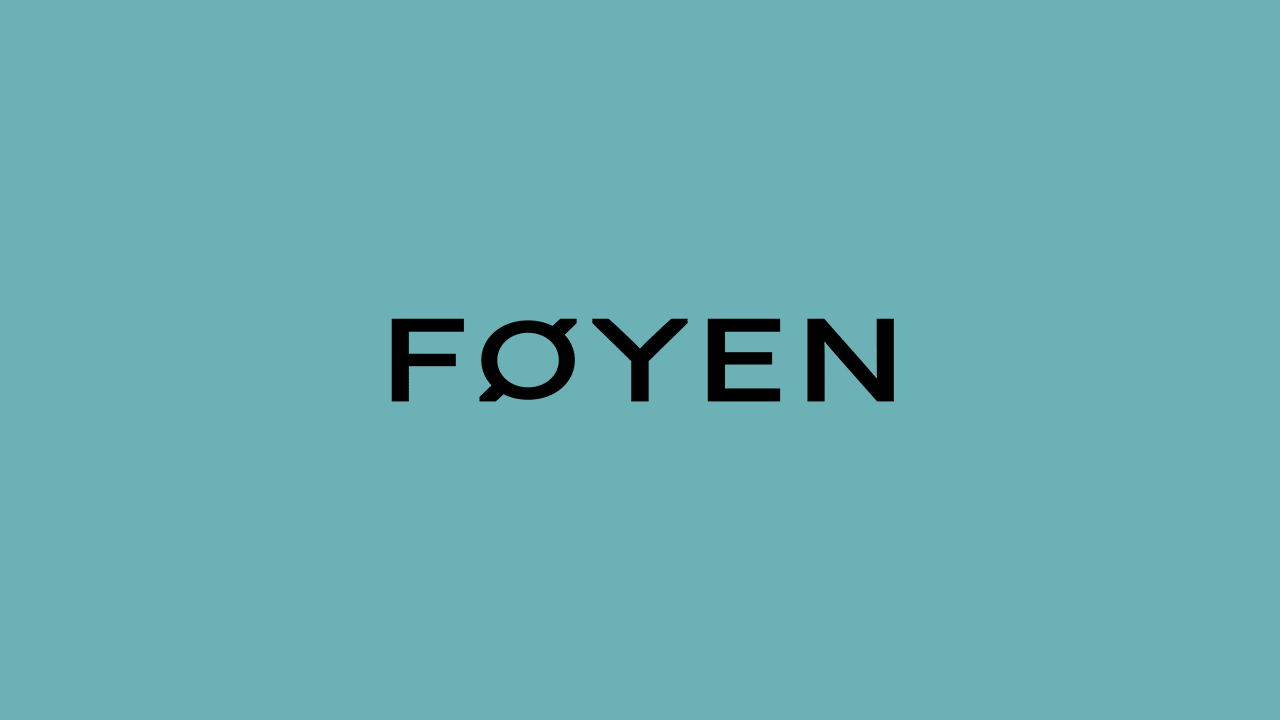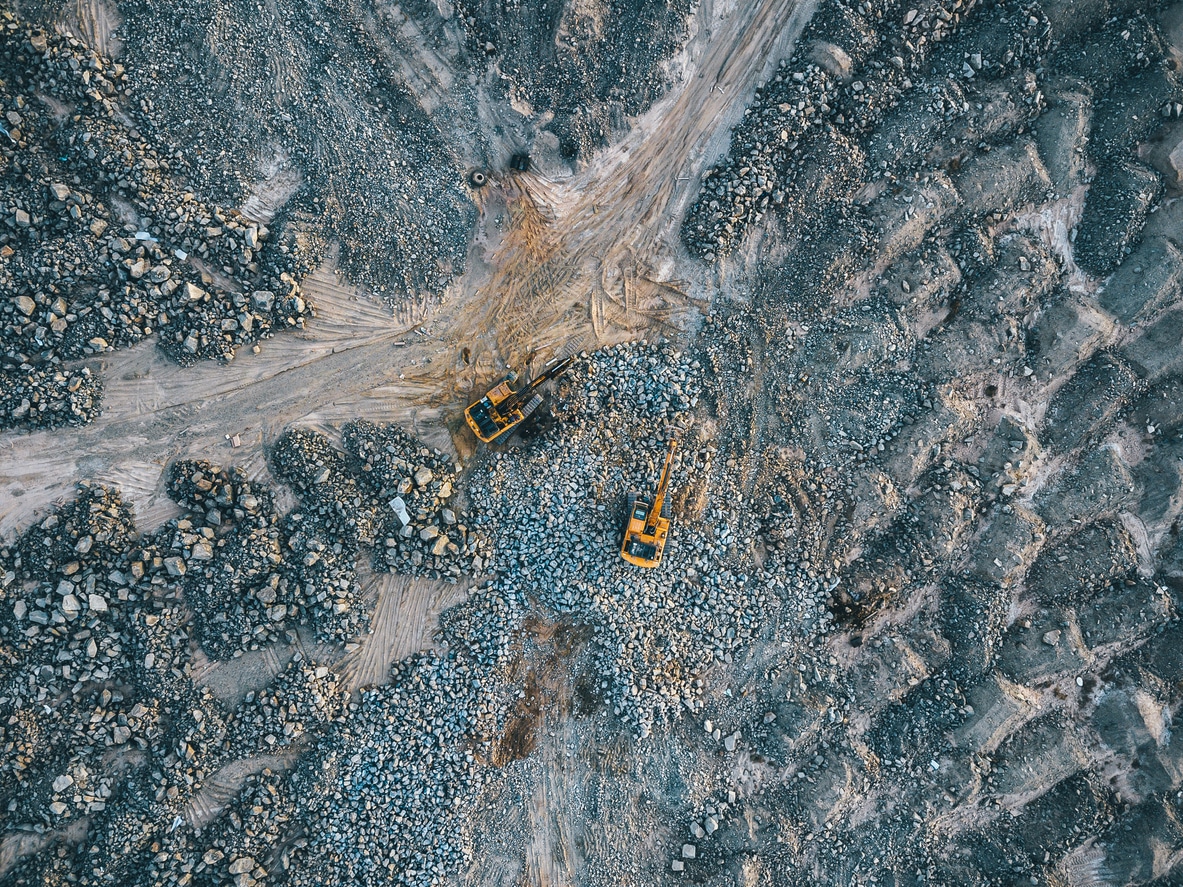By lawyer/partner Pia Pehrson and associates Pelle Stubelius and Ludvig Gustafson, Foyen Advokatfirma
DEBATE. The Swedish Agency for Marine and Water Management suggests new limit values regarding uranium and copper and other substances. There is however, according to Pia Pehrson, Pelle Stubelius and Ludvig Gustafson at the Swedish law firm Foyen Advokatfirma, a risk that part of this proposition will prevent Swedish industry and mining operators from continuing their work.
The Swedish Agency for Marine and Water Management is responsible for developing rules regarding how high levels of different types of metals that can be accepted in our waters in order for the water to be classified as having a high, or at least good, ecological status.
The ecological status must furthermore not deteriorate from being high to being good, even if a good status is otherwise accepted. Some substances are regulated by EU rules while others are regulated by the Swedish Agency for Marine and Water Management.
Limit values, concerning surface water (lakes and watercourses), are at the moment under development by the Swedish Agency for Marine and Water Management regarding a number of substances for which such limit values were earlier missing. This is basically positive since it contributes to clearer rules and, hopefully, also to a sustainable use of water. The proposition does, however, also contain some parts which might prevent Swedish industry and mining operators from being able to continue their work. It is therefore important that the Agency conducts further investigations and observations regarding certain substances before any decisions regarding these new rules are made.
Uranium and copper are two substances which are regulated by the Swedish Agency for Marine and Water Management. These substances occur frequently and in large quantity in ground and surface water in certain places throughout Sweden. In some places the municipal water, which is taken from sources of ground water supply, contains more than 25 micrograms of uranium per litre of water. According to the recommendations made by the Swedish National Food Agency, water that contains more than 30 micrograms of uranium per litre is not suitable for drinking if not processed.
The Swedish Agency for Marine and Water Management now suggests that, in addition to the natural level in the surface water, as an annual average value, only 0,07 micrograms of uranium per litre of water should be accepted in order for the water to maintain a good ecological status which is the minimum level. The natural levels of uranium in surface water are usually lower than the levels in sources of ground water supply. Surface water can however also often contain levels of uranium that are so high that a deviation of 0,07 micrograms can hardly be measured.
The suggested limit value is also, compared to the rules of other countries, extremely low. Germany for example, has a level value which is 14 times higher than the value suggested by the Swedish Agency.
It is thus positive that the background level is deducted when it comes to uranium. Regarding copper on the other hand, no account shall be taken to the natural levels of the substance that already exist in the location. The consequence being that the level of copper that is accepted is lower than the level that already exists naturally in some waters. The maximum copper content that is allowed in order for the water to be classified as having a good ecological status is, accordingly, lower than the copper content that already exists in the water, even without any impact of human activity. This situation is problematic and threatens to make it impossible to establish industrial operations and mining operations in some locations.
If the Swedish Agency for Marine and Water Management chooses to ignore the unreasonableness of the suggested levels of uranium and copper, they will by doing so put an end to future mining establishments in Sweden and also strongly inhibit the establishment of other types of businesses within the primary and basic industry and the construction sector. Also municipal sewage works are threatened.
According to the rules of the Swedish Environmental Code, licence shall not be granted for operations which contribute to exceedance of limit standards for environmental quality. Nor is environmental benefits balanced against the costs of safety measures.
The costs that a mine or an industry have to bear when repairing damage caused by such an exceeding may be comprehensive. It is uncertain whether it is even possible to find measures which enable the establishment and expansion of mines and industry, in view of the limit values suggested by the Swedish Agency for Marine and Water Management.
The primary and basic industry is already intensively working on trying to reduce its environmental impact. Since these operations mainly exist in sparsely populated areas where it is particularly important to secure and create new jobs, the limit values that are suggested would lead to a great uncertainty when it comes to future investments. The fact that a variety of Swedish lakes and watercourses are classified as being environmentally deficient, due to the peculiar assessment criteria regarding certain substances, does not promote the environmental work. Instead there is a risk that attention is drawn away from real problems.
Trying to improve the ecological status of a lake where there, for natural reasons, are copper levels exceeding the limit value will, to say the least, be difficult.
The Swedish Agency for Marine and Water Management must, before determining the new rules, pay attention to the referral organizations and also significantly increase the levels of uranium and copper permitted in surface water. Sweden already has, and should continue to have, an environmental legislation that are ambitious and Sweden should also continue to be a leading country within this area.
However, prohibiting industry through careless limit values is not setting a good example.
The article was first published in the Swedish newspaper Ny Teknik on February 28th 2015.


